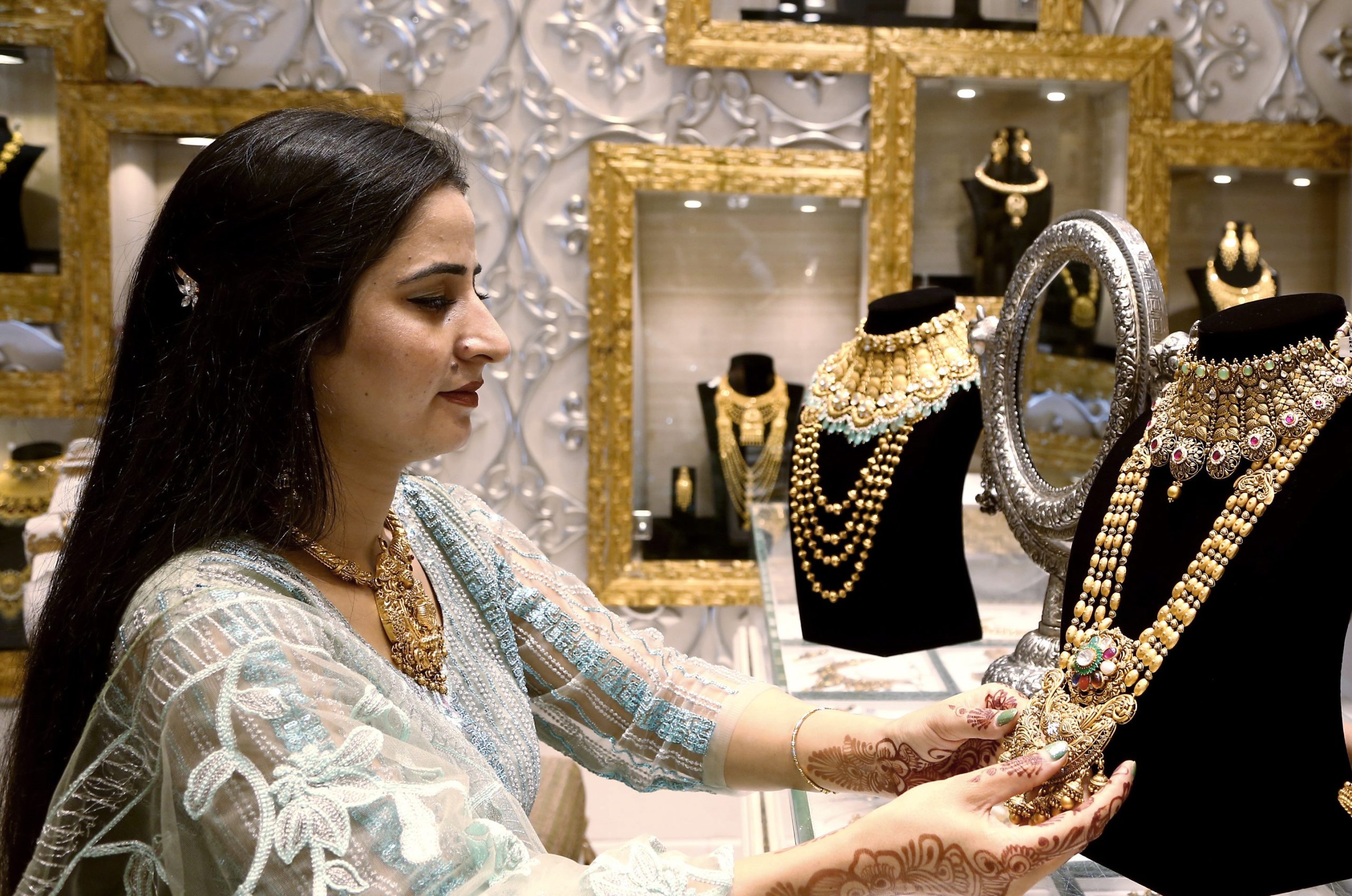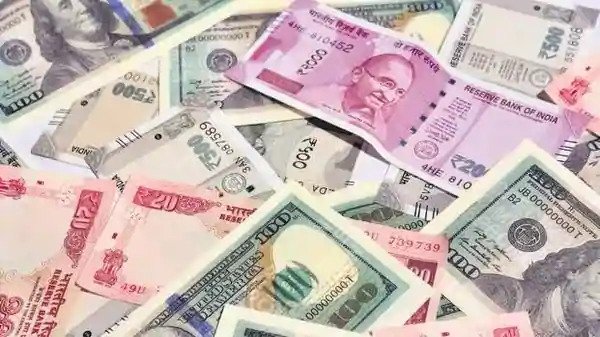The Indian side has invited the Ethiopian side, the fastest growing economy in Africa, to collaborate on the Unified Payment Interface (UPI) of India with Ethswitch of Ethiopia
Our Bureau
New Delhi/Washington, DC
India should become a middle-income country and then push to make INR (rupee) a hard currency, and till then, it must promote the settlement of global trade in the local currency, think tank GTRI said on Sunday. Global Trade Research Initiative (GTRI) said that transforming a currency into a hard currency is a complex process that hinges on several pivotal factors.
Firstly, economic stability is paramount; a country must exhibit low and stable inflation, consistent growth, and a balanced trade environment. This stability underpins confidence among international investors and trading partners, it added.
Equally crucial is the implementation of strong fiscal and monetary policies by the government and central bank, including effective national debt management and sensible interest rate policies, it said, adding aspiring for reserve currency status is a significant aspect.
This status is typically achieved when a currency is widely used and trusted, and reciprocally, it gains trust because of its widespread use. Political stability also plays a critical role, as it reassures external entities of the nation’s economic consistency, the think tank said.
Hard currencies are widely accepted around the world for international transactions and are considered a reliable and stable store of value. The presence of a currency as a hard currency reflects perceived stability, reliability, and economic strength of its issuing country.
The US Dollar is the most dominant hard currency, often considered the world’s primary reserve currency. It is used in a significant majority of international transactions and as a benchmark currency for most commodities.
Some of the most recognised hard currencies and their approximate global share in international transactions and reserves include US Dollar (60 per cent), Euro (20 per cent), Japanese Yen (5-6 per cent), British Pound Sterling (4-5per cent), Swiss Franc (1 per cent), Canadian Dollar (2-3 per cent) and Australian Dollar (2-3 per cent).
Currently, the rupee’s international trade role is limited, especially when compared to established hard currencies like the US Dollar, Euro, or even the Chinese Yuan, it said.
Additionally, developing deep and liquid forex markets is critical to managing large-scale currency conversions without significantly impacting the rupee’s value, Srivastava said, adding that this requires maintaining a fine balance in exchange rate management; excessive intervention or too little can lead to either artificial valuations or high volatility, respectively.
Local currency trading would reduce transaction costs by eliminating the need to convert currencies twice. For example, an Indian company importing machinery from Russia would currently need to buy dollars, incurring a premium, and then the Russian counterpart would convert these dollars into Russian Roubles, again incurring a conversion cost.
Recently, the 6th Session of the India-Ethiopia Joint Trade Committee (JTC) was conducted in Addis Ababa, Ethiopia earlier this week, co-chaired by the Economic Advisor, Department of Commerce Priya P Nair and the Lead Executive of the International and Regional Trade Integration, Ministry of Trade and Regional Integration, Ethiopia, Tages Mulugeta.
As per a release issued by the Ministry of Commerce and Industry, both sides agreed to expeditiously address all issues impeding bilateral trade and facilitate trade promotion between the two countries.
The Indian side invited the Ethiopian side to collaborate on the Unified Payment Interface (UPI) of India with Ethswitch of Ethiopia. Further, the Indian side also urged Ethiopia to explore the possibility of settlement of trade transactions in local currency which will help boost bilateral trade and conserve foreign exchange.
“The deliberations of the 6th Sessions of India-Ethiopia JTC were cordial and forward-looking, reflecting the traditionally friendly and special relations between the two countries,” the commerce ministry release said.
Both sides undertook a detailed review of recent developments in bilateral trade and investment ties and noted that the relationship has a huge potential to be scaled up even further. To this effect, both sides identified several areas of focus for enhancing both bilateral trade as well as mutually beneficial investments.
These include health and pharmaceuticals, automobiles, textiles, infrastructure projects, food and agro-processing and so on. Both sides also reviewed the progress of ongoing discussions for Memorandum of Understanding (MoUs) in the field of Standardization and Quality assurance and Customs procedure and agreed to conclude them expeditiously. The Indian side also requested the Ethiopian side to expedite the early finalization of the Bilateral Investment Treaty.
Ethiopia is one of the fastest-growing economies in the African region, with an estimated growth of 6.4 per cent in the year 2021-22. Bilateral trade between India and Ethiopia stood at USD 642.59 million in 2022-23.


























